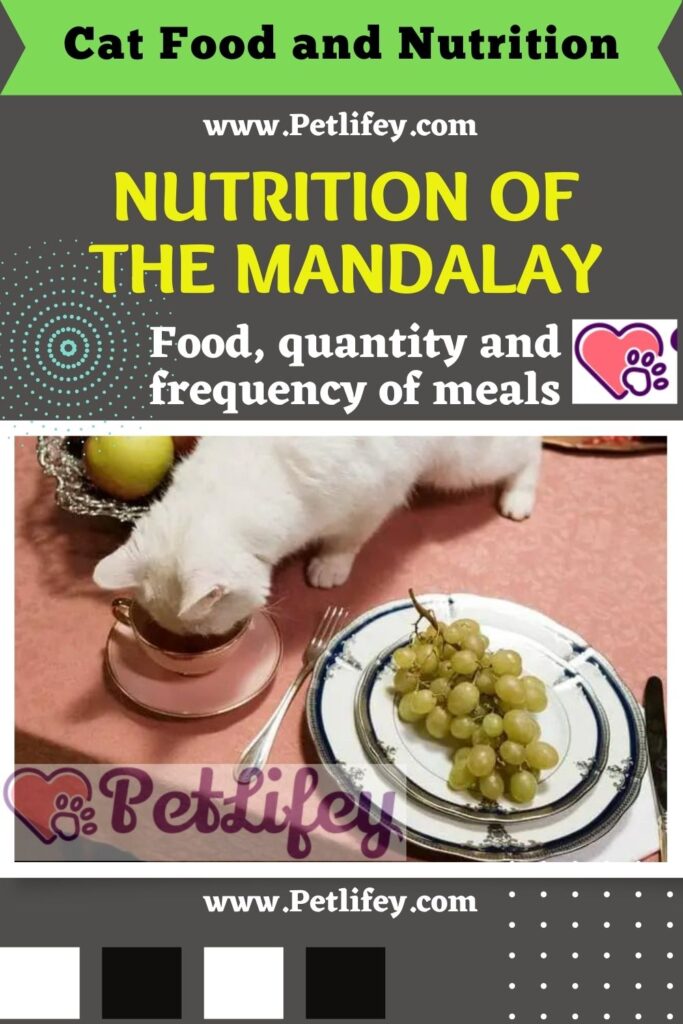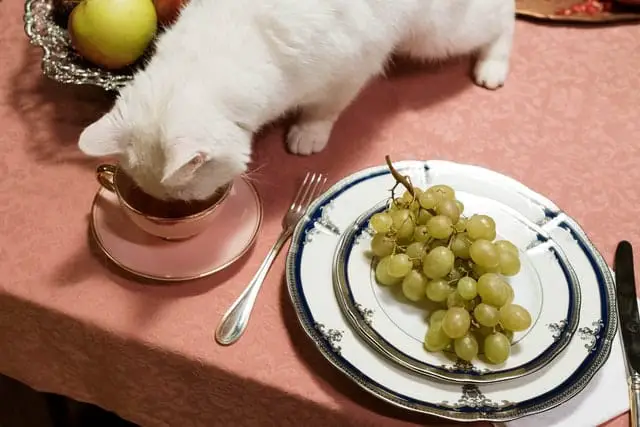
What nutrients can’t miss in the Mandalay diet? Here’s all about the ideal food, quantity and frequency of meals.
Planning a healthy and balanced diet is the best way to ensure that the life of our four-legged friend is long and peaceful. Let’s find out what is the perfect diet for the Mandalay, listing all the useful information to keep the cat strong and healthy.
Nutrition of the Mandalay: doses and frequency of meals
Knowing how much to feed the cat is essential.
On the one hand, in fact, it allows us to provide the four-legged with a quantity of food that satisfies its energy needs.
On the other hand, it allows us to avoid the risk that the cat can accumulate excess weight.
To identify the right amount of food to administer to the animal, it would be advisable to contact the veterinarian: after a thorough examination, the doctor will be able to establish the ideal doses based on a series of parameters, including age, lifestyle and cat health.
What is the best time of day to feed the cat?
It would be preferable to do it twice a day, in the morning and in the evening, or divide the cat’s meals into small portions, to be given to him during the day.
What to feed in Mandalay?

What foods can not miss in the Mandalay diet?
Like any other feline, this cat is an obligate carnivore. This means that he must eat mainly meat and fish.
In fact, from proteins of animal origin, the cat draws essential substances for its well-being, which its organism is unable to produce by itself.
These include, for example, niacin, cobalamin, thiamine. These are essential vitamins for the proper functioning of the nervous and immune systems.
Home or industrial nutrition?
What is the best diet for Mandalay, between home and industrial?
There is no alternative that prevails over the other: both methods are healthy and correct, as long as they are properly planned.
In the case of that housewife, we will be the ones to prepare the meals for the four-legged friend entirely, taking care of the selection of raw materials, their processing and cooking.
For this reason, it is an option that takes time and effort, but allows us to know accurately what our four-legged friend eats.
Beware of food shortages: the home diet must be formulated by the vet, to make sure it provides the cat with all the nutrients it needs.
Want to know all about the health of Mandalay? Check out this article.
Industrial feeding, on the other hand, involves the administration of ready-made feeds, which can be purchased directly from the shelves of supermarkets and specialized shops.
In this case, we will need to make sure that they are quality products by looking at the ingredients and the nutrient table on the back of the package.






